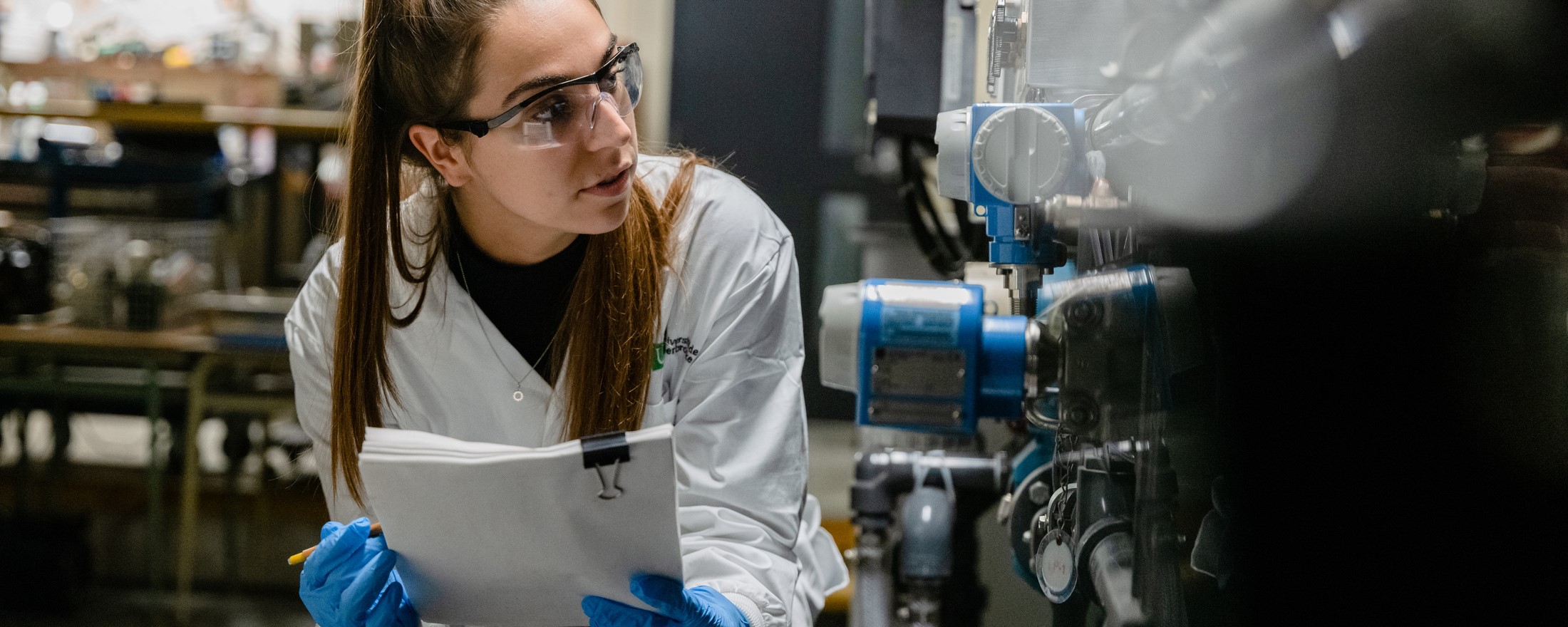Understanding the role of minerals in soil carbon sequestration
Overview
- RESEARCH DIRECTION
- Debra Hausladen, Professeure - Department of Civil and Building Engineering
- ADMINISTRATIVE UNIT(S)
-
Faculté de génie
Département de génie chimique et de génie biotechnologique
Département de génie civil et de génie du bâtiment
- LEVEL(S)
-
2e cycle
3e cycle - LOCATION(S)
- Campus principal
Project Description
Canada's rate of warming is about twice the global rate. Soils host a carbon reservoir larger than both the vegetative and atmospheric carbon pools combine and are currently responsible for removing about 25% of the world's fossil fuel emissions each year. However, it remains unknown how these rising temperatures will impact soils ability to sequester carbon. This project explores carbon-mineral interactions in order to discover mechanisms of soil carbon protection from microbial decomposition, an important source of carbon dioxide emissions from soils, as well as better constrain the role reactive minerals (such as Mn oxides) may play in transforming complex organic polymers into lower molecular weight compounds that can be used in microbial respiration. Ph.D. candidates will have the opportunity to work closely with collaborators at University of California, Riverside as well as receive training on novel synchrotron-based imaging and spectroscopy analyses. A multimillion-dollar watershed facility recently constructed at UdeS will facilitate the investigation of mineral control on soil carbon emissions.
Discipline(s) by sector
Sciences naturelles et génie
Génie chimique, Génie civil
Funding offered
Yes
The last update was on 12 March 2024. The University reserves the right to modify its projects without notice.
